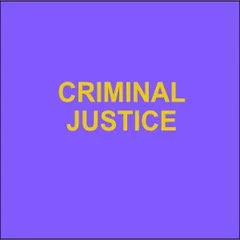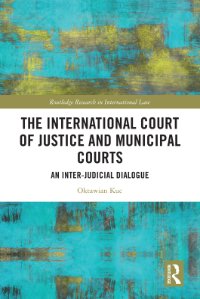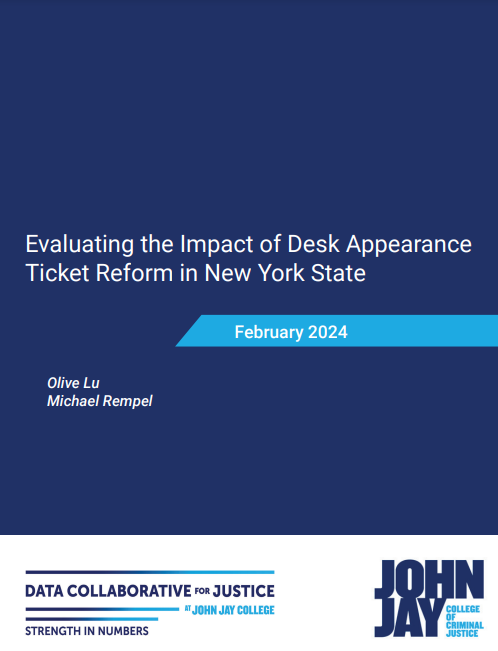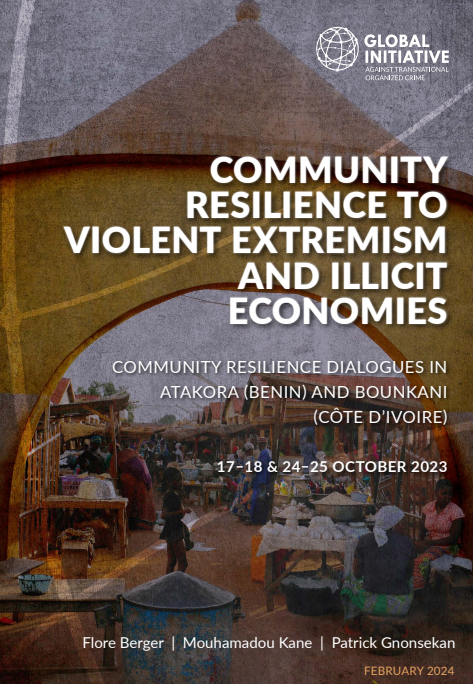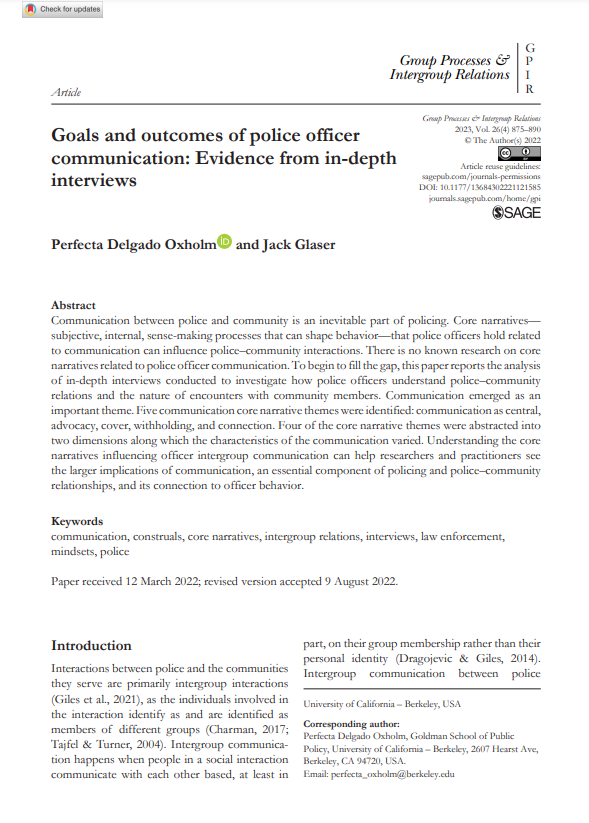By Megan Comfort, Jenn Rineer, Elizabeth Tibaduiza, and Monica Sheppard
The “pretrial process” refers to the events that happen between the time that one is suspected by law enforcement of violating the law and the time that charges are dismissed, the case is otherwise resolved, or the trial process begins. During the pretrial period, people are considered innocent under the law. The U.S. Supreme Court1 has stated, “In our society, liberty is the norm, and detention prior to trial or without trial is the carefully limited exception.” The only two constitutionally valid reasons for holding someone in jail during the pretrial period are (1) to prevent flight or (2) to prevent harm to people in the community. Judges make decisions every day about whether to detain or release people going through the pretrial process, as well as about what conditions of release may be needed to help people succeed. Pretrial release assessments are designed to inform their decisions. Unlike assessments that involve a clinician or other professional drawing on their subjective expertise to make a recommendation, actuarial pretrial release assessmentsa rely on mathematical processes. Using large data sets with information about people who previously went through the pretrial process, researchers identify factors related to appearing for court hearings and not being arrested again if released. The researchers then create a sequence of instructions for a computer to follow (called an algorithm) that uses these factors to calculate an estimated likelihood that a person will appear in court and remain arrest free while their case is being resolved. This calculation—referred to as a “score”—is provided to the judge as information to consider when making decisions about pretrial release. A person’s score is also often provided as information to other courtroom actors, such as prosecutors, defense attorneys, and pretrial services officers. When thinking about actuarial pretrial release assessments, it is important to understand the history of the criminal legal system in the United States, which is deeply rooted in the legacy of slavery. Read Race and the Criminal Justice System2 by the Equal Justice Initiative to learn more. No actuarial pretrial release assessment tool or instrument is considered standard. Numerous assessments have been developed, and they vary in terms of the factors and instructions entered in the algorithm. Some use factors that are available through criminal legal system records, such as whether someone has been arrested before or has previously missed a court date. Others include factors like whether someone has a job, is enrolled in a substance use treatment program, or has a place to live. This information is usually obtained by talking with the person who has been arrested. At the time of this writing, pretrial release assessments use algorithms that are created by humans as opposed to ones that are generated by machine learning or artificial intelligence (AI). It is possible that future assessments will rely on AI, which would raise a different set of issues to consider. The use of actuarial pretrial release assessments is growing across the United States. Often, they are an element of broader system change aimed at reducing or eliminating the use of cash bonds, which require people to post money to be released from jail. Judges may consider the actuarial pretrial release assessment score when deciding what conditions of release—for instance, electronic monitoring or mandatory check-ins with pretrial services—are appropriate for a person. In systems that retain money bond as a potential release condition, assessments are sometimes used to inform decisions about bond amounts, but the impact on release is lessened if people remain in jail because they cannot afford to pay their way out. Judges may also use the score as part of their decision about whether to keep someone in jail or release them while their case is pending
APPR Research Brief, April 2024. Research Triangle Park, NC: RTI International, 2024. 5p.

